Ever wonder why you’re on a blood sugar rollercoaster? Hangry at 3 PM, then crashing after dinner?
It’s all about how you build your meals.
Whether you’re managing diabetes or just want to feel more energetic throughout the day, balancing your blood sugar isn’t just about avoiding sugar – it’s about creating balanced meals that keep your glucose levels steady.
Let’s dive into how to construct meals that keep your energy stable, your mood consistent, and your body happy. No more mid-afternoon slumps!

Building Meals for Stable Blood Sugar: A Simple Guide
Skip ahead:
- The Diabetes Plate Method
- Carb management (without losing your mind)
- Healthy fats and proteins: Your secret weapons
- Meal timing & portion control
- Real-world meal examples that actually taste good
- Practical tools to make this easier
The Diabetes Plate Method: Visual Meal Planning Made Easy
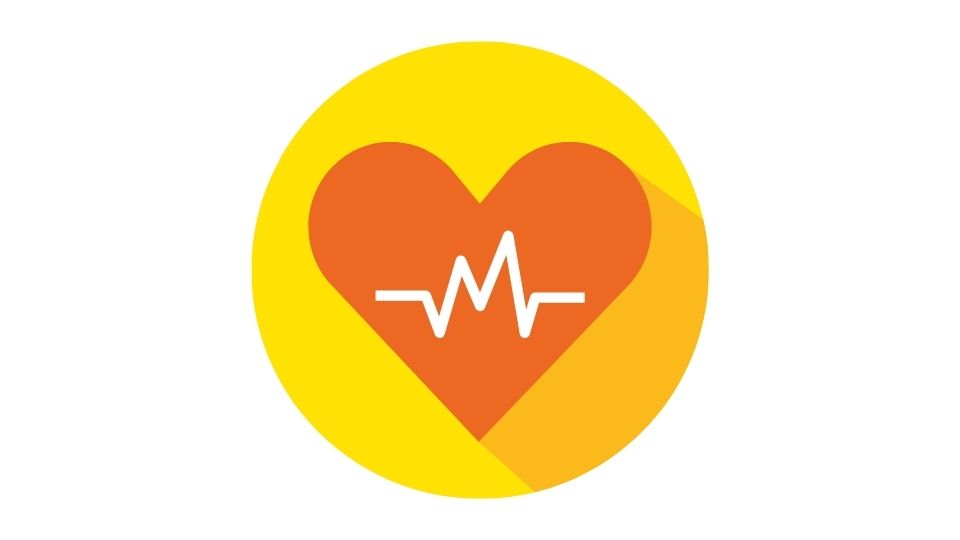
The Diabetes Plate Method is ridiculously simple (in a good way).
Here’s how it works:
- Fill half your plate with non-starchy veggies
- Fill one quarter with lean protein
- Fill the last quarter with complex carbs
Why does this work so well? Non-starchy vegetables like leafy greens, broccoli, peppers, and cabbage barely impact your blood sugar while providing fiber that slows down carb absorption.
Lean proteins (chicken, fish, tofu, eggs) help with feeling full and maintaining steady glucose levels. Your body digests them slowly, which prevents those nasty blood sugar spikes.
Complex carbs from whole grains, beans, or starchy vegetables give you sustained energy without the sharp blood sugar peaks and crashes that come from processed foods and simple sugars.
This visual approach to meal planning takes the guesswork out of portioning and ensures you’re getting a balance of nutrients that support stable blood sugar.
Carb Management: Not All Carbs Are Created Equal
Carbs influence blood sugar more than any other nutrient. But cutting them out completely isn’t necessary or healthy for most people.
The key is consistency and quality.
Aim for a similar amount of carbohydrates at each meal to avoid the glucose rollercoaster. Focus on these blood-sugar friendly carbs:
- Whole grain bread and pasta
- Brown rice
- Sweet potatoes
- Lentils and beans
- Whole fruits (not juices)
- Low-fat dairy
What to limit? Refined carbs and added sugars that cause rapid blood sugar spikes followed by crashes that leave you feeling tired and hungry again too soon.
Those white bread sandwiches, sugary cereals, and candy bars? They’re essentially pre-programmed energy crashes waiting to happen.
A 2019 study in JAMA Network Open found that people who ate more whole grains and fewer refined carbs had better glucose responses throughout the day.
Your Secret Weapons: Healthy Fats and Proteins
Want to slow down carb absorption and feel satisfied longer? Add healthy fats and proteins to every meal.
Healthy fats from sources like avocados, nuts, seeds, olives, and fatty fish don’t just taste good—they improve heart health (crucial since diabetes increases cardiovascular risk) and help you feel full longer.
The slow digestion of fats and proteins creates a more gradual release of glucose into your bloodstream. It’s like the difference between dumping water all at once versus a slow, steady drip.
Just remember to focus on unsaturated fats and reduce saturated fats from high-fat meats. And avoid trans fats entirely—they’re in many processed foods and do nothing good for your body.
Timing Is Everything: When and How Much to Eat
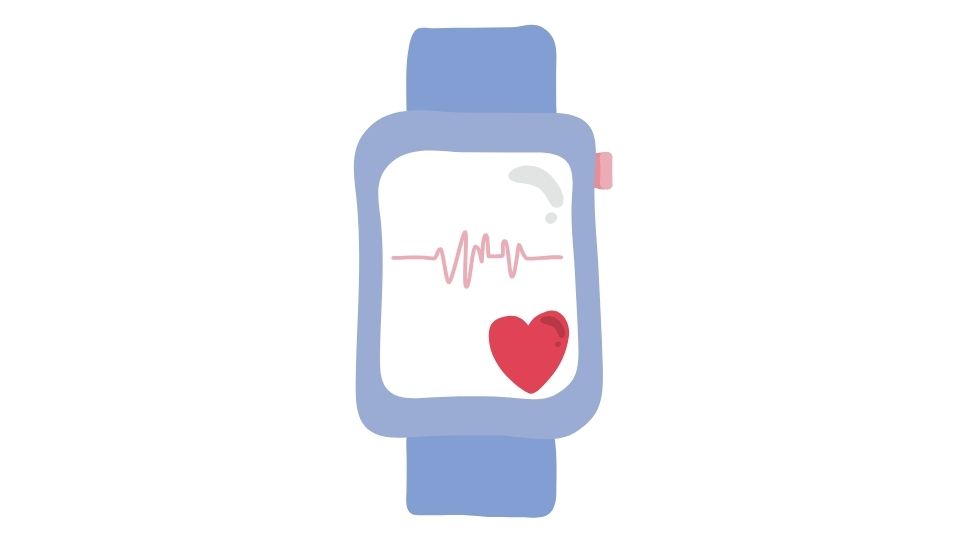
Ever skip breakfast only to find yourself ravenous and making poor food choices by lunch? Meal timing matters for blood sugar balance.
Eating at regular intervals (typically three meals per day with snacks as needed) prevents extreme fluctuations. Allowing 2-3 hours between meals gives your blood sugar time to stabilize.
Portion control is equally important. Even healthy foods in excessive amounts can overwhelm your system. Using the plate method naturally helps with portioning, but paying attention to hunger and fullness cues is also key.
Not sure if you’re hungry or just thirsty? Try drinking a glass of water first. Many people confuse thirst with hunger, leading to unnecessary snacking that impacts blood sugar.
For snacks, pair protein with fiber and healthy fat:
- Apple slices with almond butter
- Greek yogurt with berries
- Hummus with cucumber slices
- A small handful of nuts with a piece of fruit
Real-World Examples Using the Plate Method
Let’s see this in action with some actual meals:
Lemon Chicken Dinner
- Protein: Lemon chicken with rosemary and garlic
- Non-starchy veggies: Sautéed collard greens and yellow squash
- Complex carb: Small roasted sweet potato
Vegetarian Option
- Protein/Complex carb: White beans and chickpeas
- Non-starchy veggies: Ratatouille (eggplant, zucchini, peppers, tomatoes)
- Healthy fat: Side Greek salad with olive oil dressing
Quick Lunch
- Protein: Tuna mixed with a little olive oil mayo
- Non-starchy veggies: Large green salad with tomatoes and cucumbers
- Complex carb: Small serving of quinoa or half a whole grain pita
According to research from the American Diabetes Association, this balanced approach not only stabilizes blood sugar but also improves overall metabolic health markers.
Making It Practical: Tools to Help You Succeed
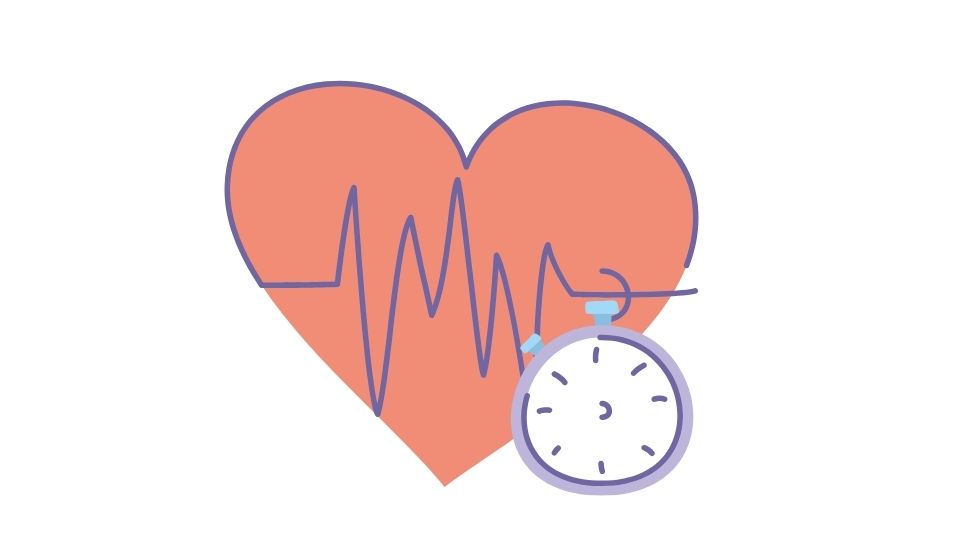
Let’s be real—consistently building balanced meals takes some effort, especially at first. Thankfully, there are tools to make it easier.
Meal tracking can be eye-opening if you’re trying to maintain consistent carb intake. MealByMeal’s text-based tracking makes it simple—just text what you ate, and it tracks calories and macros automatically without the hassle of entering every ingredient.
Meal prep on weekends can set you up for success. Prep protein, chop veggies, and cook grains ahead of time to make balanced meals easier to assemble when you’re busy or tired.
Batch cooking is your friend too. Make a big pot of chili, stew, or grain bowls that follow the plate method, and you’ll have multiple balanced meals ready to go.
When you track your food and blood sugar together, you’ll start to see patterns and learn which meals work best for your body.
The Bottom Line on Blood Sugar Balancing Meals
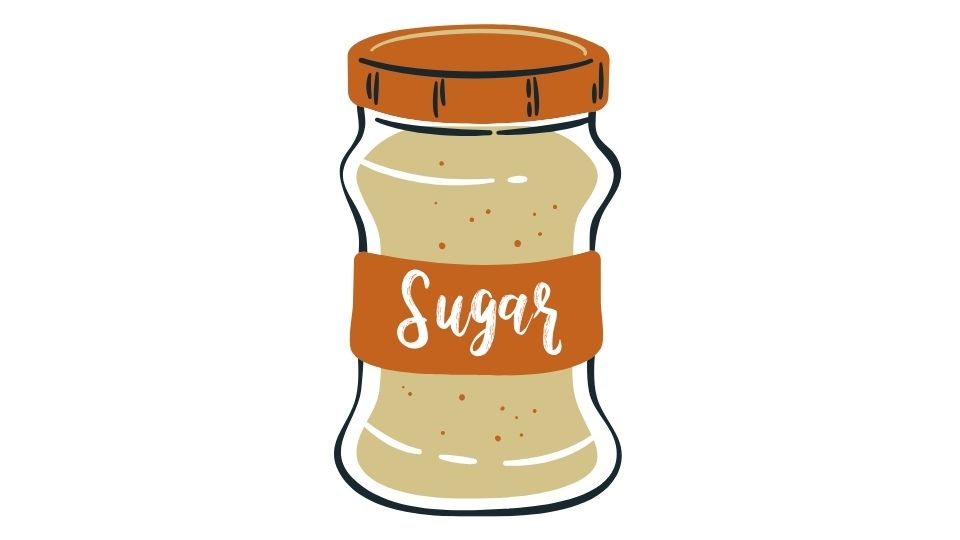
Building meals for blood sugar balance doesn’t mean eating bland, boring food or following complicated rules. It’s about creating a simple framework that:
- Uses the plate method to balance non-starchy veggies, lean proteins, and complex carbs
- Manages carb intake consistently across meals
- Incorporates healthy fats and proteins to slow digestion
- Spaces meals appropriately throughout the day
- Includes satisfying, nutrient-dense foods you actually enjoy eating
This approach not only helps maintain blood glucose within target ranges but also supports heart health, weight management, and overall well-being. You’ll have more energy, fewer cravings, and more stable moods throughout the day.
And isn’t that worth a little meal planning?
The best part? Once you get the hang of it, building blood sugar-friendly meals becomes second nature. Your body will thank you with stable energy, better focus, and improved health for years to come.



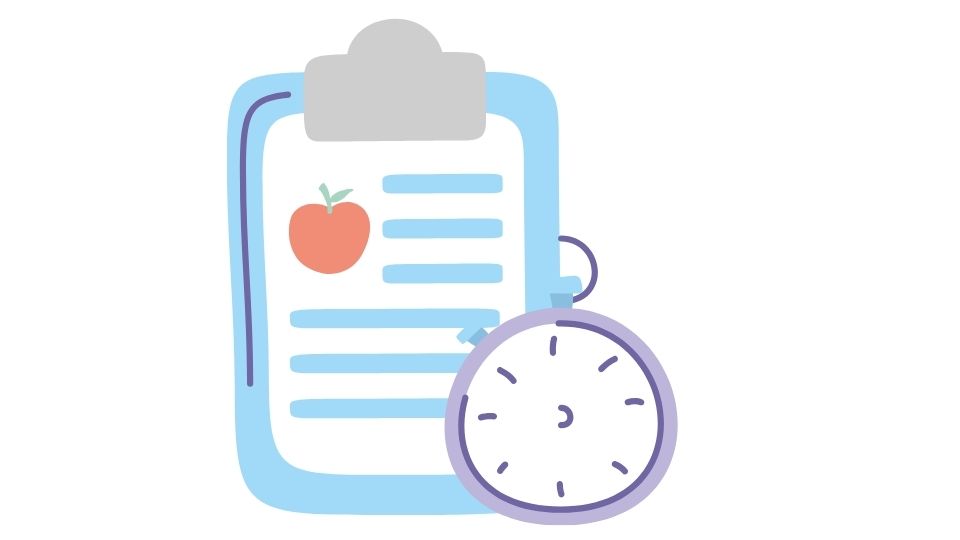
Leave a Reply